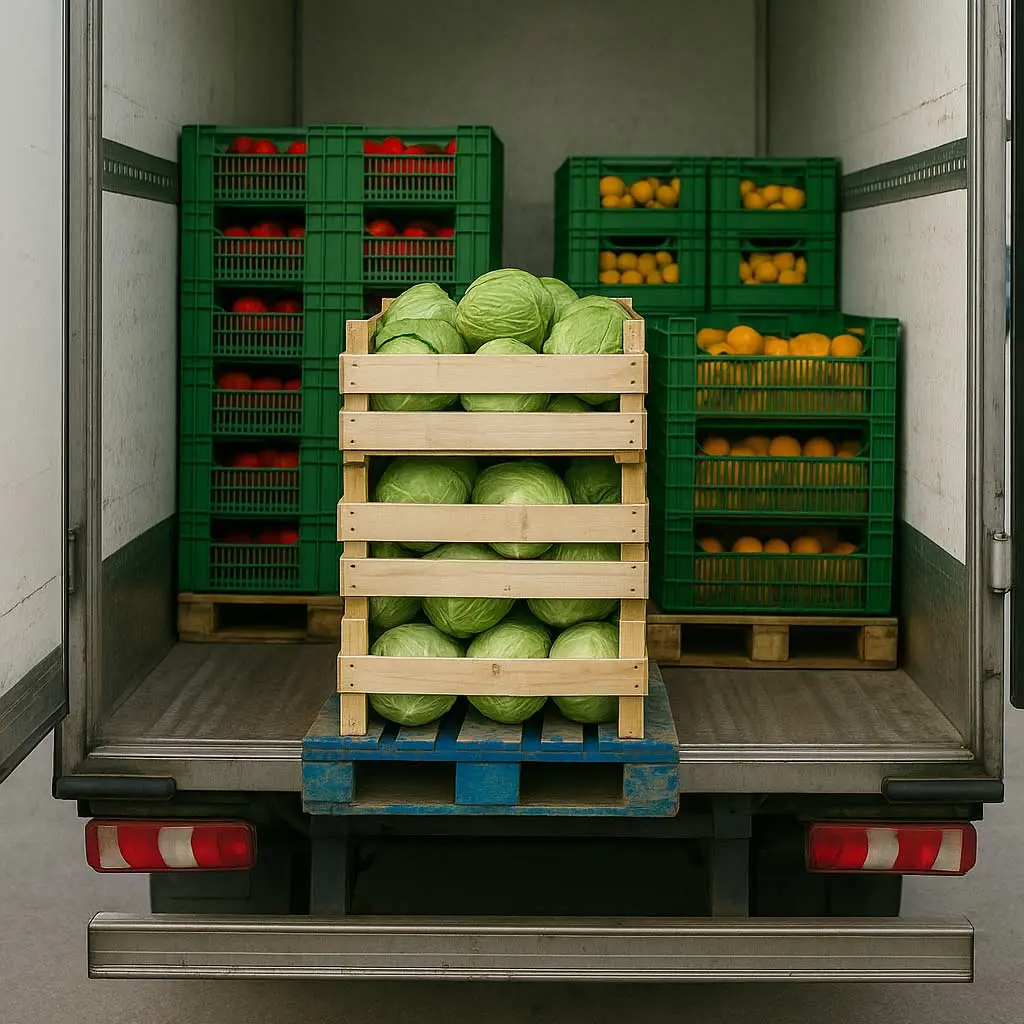From cured meats, to fresh seafood and julienne vegetables. We pursue thinly sliced foods without realising it… but why?
Slicing food into smaller pieces can influence the perception of taste through several factors:
Increased Surface Area
When you cut food into smaller pieces, you expose a larger surface area. This increased surface area allows for more contact with taste buds on the tongue, enhancing the overall taste experience. It enables flavors to be more readily released and detected.
Uniform Distribution of Flavors
Smaller pieces promote a more uniform distribution of flavors. Each bite is likely to contain a balanced mix of ingredients, contributing to a consistent and enjoyable taste. This is particularly true for dishes with multiple components or seasonings.
Enhanced Aroma
Cutting food can release aromatic compounds, intensifying the aroma of the dish. Smell plays a significant role in taste perception, and a more pronounced aroma can make the food seem more flavorful.
Texture Variation
Smaller pieces can introduce texture variation in each bite. For instance, in a salad, smaller pieces of vegetables might combine with dressing more effectively, offering a more satisfying and dynamic texture profile.
Improved Mouthfeel
Cutting food into smaller pieces can impact the mouthfeel, making it more pleasant. Smaller pieces are often easier to chew and may provide a more enjoyable sensation as they interact with the palate.
Visual Appeal
Presentation is an essential aspect of the overall eating experience. Smaller, neatly cut pieces can be visually appealing and contribute to the perception of a well-prepared and appetizing dish.
Mindful Eating
The act of cutting food into smaller pieces can promote mindful eating. Taking the time to cut and savor each bite allows for a more conscious appreciation of the flavors, contributing to an overall positive dining experience.
It’s important to note that the impact of slicing food into smaller pieces on taste can be subjective and context-dependent. Some dishes are traditionally enjoyed in larger portions, while others benefit from being cut into bite-sized portions. Additionally, cultural and personal preferences can play a role in how individuals perceive the taste of sliced versus unsliced food.



